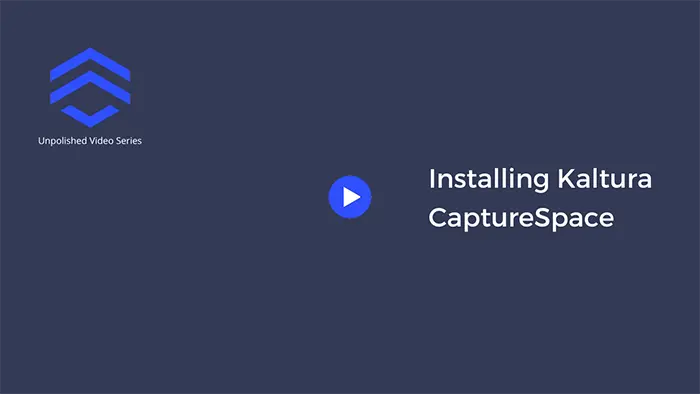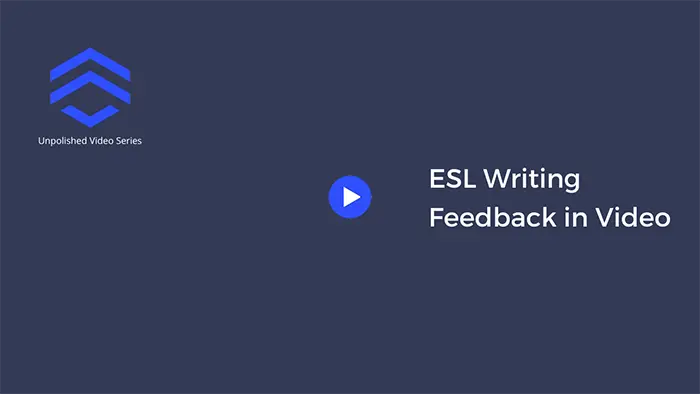Unpolished Videos for Learners and Instructors
Enhancing Collaboration and Feedback with Video
Introduction
This case study explores the transformative role of video and media in instructional design, particularly in facilitating understanding and collaboration with SMEs and students. Drawing from my experiences as an EFL instructor at Hanyang University in Korea and my subsequent work with Royal Roads University instructors, I present a comprehensive overview of my innovative approach to instructional design and feedback.
Background
While traditional instructional methods heavily rely on textual documentation and feedback, my approach integrates video and other media forms to visually demonstrate concepts and revisions. This method not only aids in better understanding and collaboration but also aligns with my strengths in verbal communication, making the process more efficient and effective.
Methodologies: Video Demonstrations and Collaborative Revisions for SMEs

VIDEO DEMO FROM ROYAL ROADS UNIVERSITY
Concept Visualization: Using video to answer questions and demonstrate instructional design concepts to Subject Matter Experts (SMEs).
Just in Time Information: It also can be utilized to provide instructors “on demand” information how to install resources on a Moodle course page. ideas and highlights the effectiveness of using video
This method surpasses the limitations of textual descriptions by providing a dynamic and engaging visualization of concepts.

VIDEO UPDATE FROM ROYAL ROADS UNIVERSITY
Collaborative Revisions: Video presentations facilitate a more interactive feedback loop. SMEs can pinpoint specific areas for revision, leading to a collaborative refinement process that often results in enhanced or entirely new approaches.
Methodology: Video Feedback for Students

VIDEO SAMPLE FROM HANYANG UNIVERSITY
Personalized Feedback: Instead of the traditional paper-based comments, I adopted a strategy of creating feedback videos for students. This approach provided a more personal and engaging form of feedback, allowing students to understand their mistakes and learn from them in a more constructive manner.
Efficiency and Effectiveness: This method not only proved to be more helpful for students but also was less time-consuming for me, leveraging my stronger speaking skills over writing.
Compared to traditional “red ink” feedback on writing assignments, feedback videos for ESL students afford significant improvements in student understanding and engagement
Impact
The implementation of video and media in instructional design and feedback has shown remarkable results in enhancing understanding, efficiency, and collaboration. This approach not only caters to diverse learning styles but also leverages modern technology to foster a more interactive and engaging learning environment.
Conclusion
The integration of video and media into instructional design represents a significant advancement in the field, offering a more effective and efficient method for conveying concepts and providing feedback. My experience in utilizing these tools has demonstrated their potential to transform educational methodologies, making learning more accessible, engaging, and collaborative.
Enhancing Collaboration and Feedback through Video and Media
A Royal Roads University / Hanyang University Project
Introduction
This case study explores the transformative role of video and media in instructional design, particularly in facilitating understanding and collaboration with SMEs and students. Drawing from my experiences as an EFL instructor at Hanyang University in Korea and my subsequent work with Royal Roads University instructors, I present a comprehensive overview of my innovative approach to instructional design and feedback.
Background
While traditional instructional methods heavily rely on textual documentation and feedback, my approach integrates video and other media forms to visually demonstrate concepts and revisions. This method not only aids in better understanding and collaboration but also aligns with my strengths in verbal communication, making the process more efficient and effective.
Two Methodologies
Methodology #1: Video Demonstrations for SMEs
Concept Visualization: Using video to present design recommendations allows SMEs to clearly see the proposed instructional strategies in action. This method surpasses the limitations of textual descriptions by providing a dynamic and engaging visualization of concepts.
Collaborative Revisions: Video presentations facilitate a more interactive feedback loop. SMEs can pinpoint specific areas for revision, leading to a collaborative refinement process that often results in enhanced or entirely new approaches.
These videos from my work at Royal Roads University demonstrate my methodology in collaborative projects, highlighting the effectiveness of using video to answer questions and demonstrate instructional design concepts to Subject Matter Experts (SMEs)


Methodology #2: Feedback Videos for Students
Personalized Feedback: Instead of the traditional paper-based comments, I adopted a strategy of creating feedback videos for students. This approach provided a more personal and engaging form of feedback, allowing students to understand their mistakes and learn from them in a more constructive manner.
Efficiency and Effectiveness: This method not only proved to be more helpful for students but also was less time-consuming for me, leveraging my stronger speaking skills over writing.
This Hanyang University video showcases the use of feedback videos for ESL students and illustrates the significant improvement in student understanding and engagement compared to traditional “red ink” feedback on writing assignments.

Impact
The implementation of video and media in instructional design and feedback has shown remarkable results in enhancing understanding, efficiency, and collaboration. This approach not only caters to diverse learning styles but also leverages modern technology to foster a more interactive and engaging learning environment.
Conclusion
The integration of video and media into instructional design represents a significant advancement in the field, offering a more effective and efficient method for conveying concepts and providing feedback. My experience in utilizing these tools has demonstrated their potential to transform educational methodologies, making learning more accessible, engaging, and collaborative.

